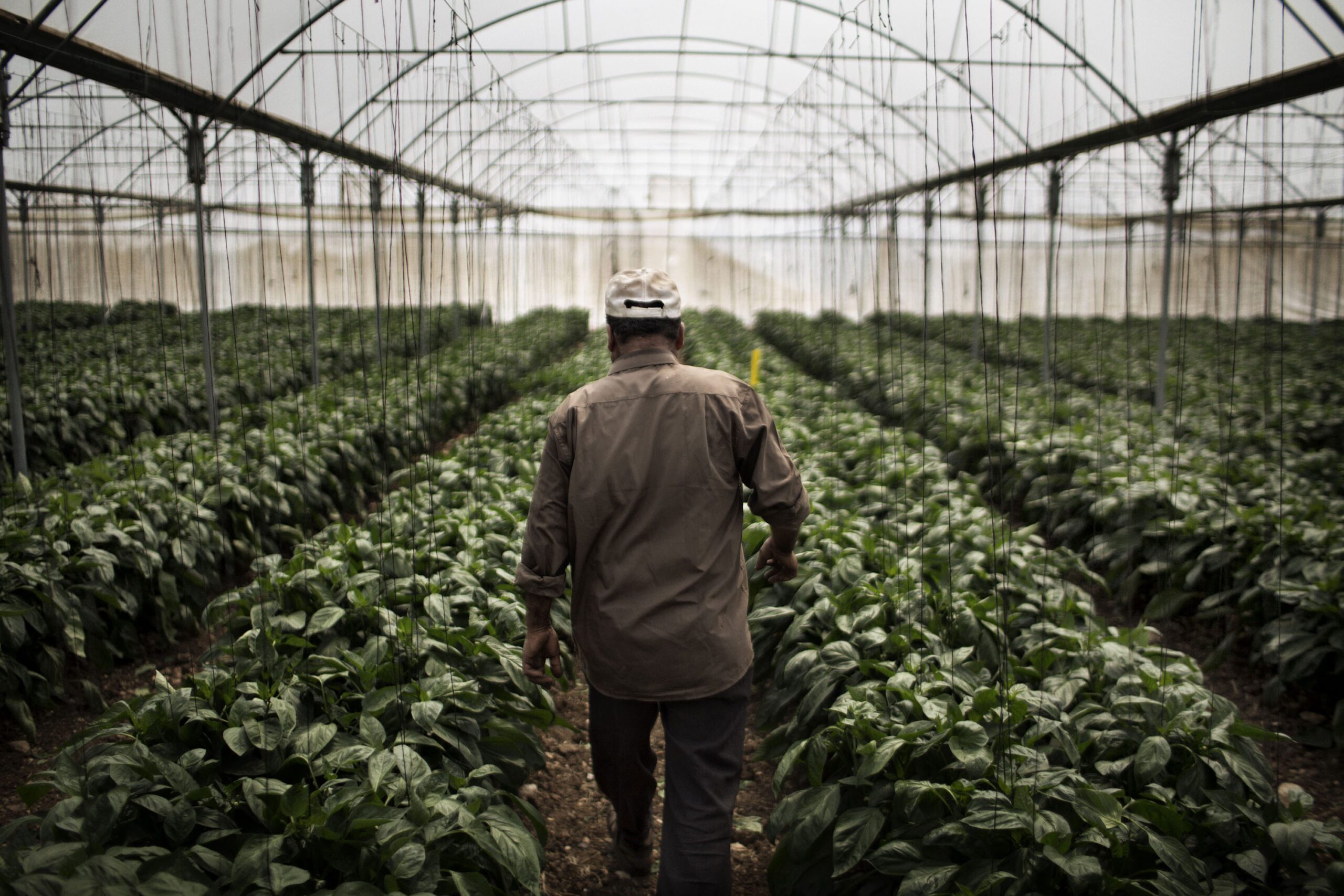PROJECT SUMMARY
The ‘Agrifood Nexus Programme’ (“The Programme”) aims to support sustainable financing opportunities for agrifood investments with an energy-water-land nexus focus in Kazakhstan, Kyrgyzstan, Tajikistan, Turkmenistan, and Uzbekistan. The programme is implemented in the context of a larger consortium programme called “Regional mechanisms for the low-carbon, climate-resilient transformation of the energy-water-land Nexus in Central Asia*”, led by the Organisation for Economic Co-operation and Development (OECD).
The EBRD and FAO Programme involves an innovative pilot blended finance mechanism in the agrifood sector, implemented by the EBRD with support from Germany’s International Climate Initiative (IKI). Alongside this mechanism, the Programme will deliver (i) analysis of EBRD blended-financing pilot investments through a nexus lens; (ii) evaluation of the enabling environments for scaling up of nexus-focused agrifood investments; and (ii) development of a methodology for upscaling this financial mechanism and monitoring of nexus-related performance of investments.
CONTEXT
The agrifood sector is a key pillar of the economies of Central Asia with agriculture alone accounting for 16% of their GDP and 25% of total employment. The impacts of climate change affect the food, water and energy sectors across the region, hitting the agricultural sector particularly hard. These impacts are occurring on top of socio-economic, demographic and geopolitical challenges to food, energy, and water security in Central Asia.
Financial solutions in support of climate-resilient agribusiness that generates multiple benefits for food, water and energy are increasingly available globally. Further uptake of such financial solutions can benefit from enhanced support in financial education for agribusiness sector entities and development of track records of proven technologies.
Agrifood business owners, bankers, and government officials will also benefit from a greater effort to develop the capacity to identify, appraise, install, and maintain technical solutions to achieve multiple benefits for economic growth, natural resource preservation, and climate resilience.
ACTIVITIES
Component 1: Definition of the Energy-Water-Land Nexus Country Profiles, assessment of the energy-water-land nexus-value of the private agribusinesses’ investment proposals, and analysis of the enabling environment for nexus-focused investments.
Component 2: Development of methodological guidelines for an upscaled nexus financing mechanism.
Component 3: Knowledge exchange, communication, and monitoring of the nexus impacts of investments.
*The Consortium is led by the Organisation for Economic Co-operation and Development (OECD) in cooperation with the European Bank of Reconstruction and Development (EBRD), the UN Food and Agriculture Organization (FAO), the Scientific-Information Center of the Interstate Commission for Water Coordination of Central Asia (SIC ICWC) and The United Nations Economic Commission for Europe (UNECE).



































